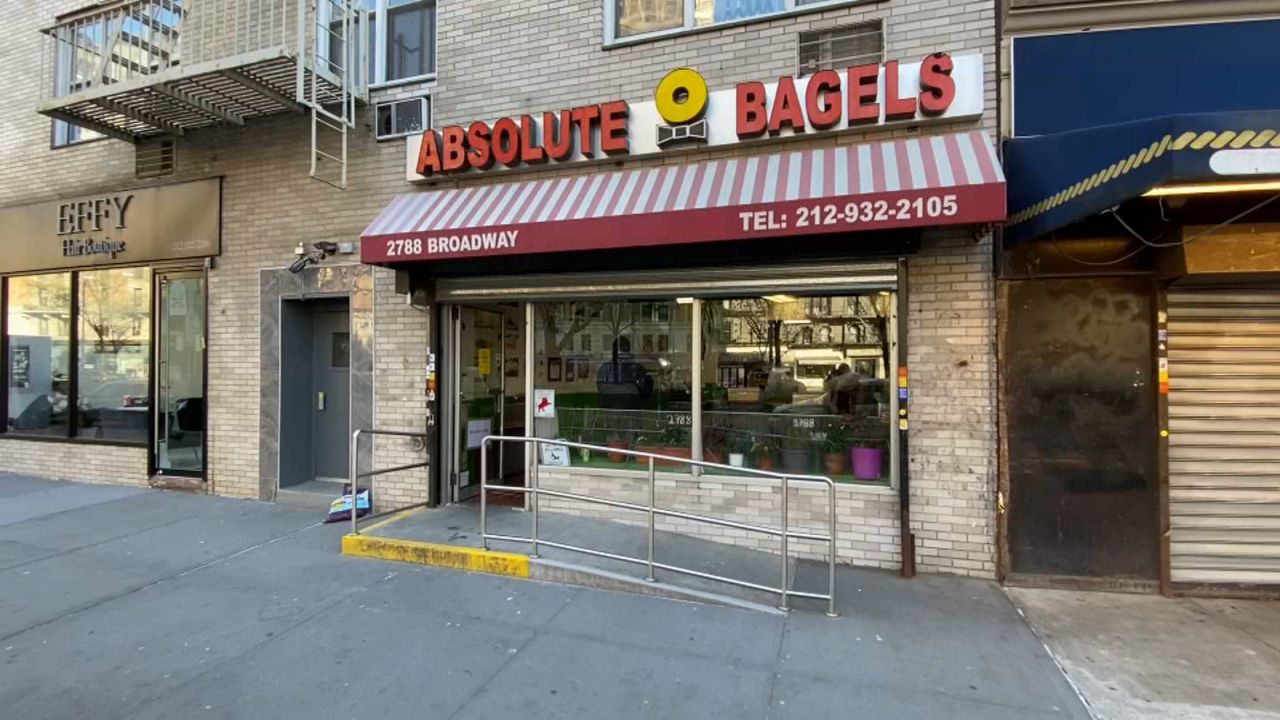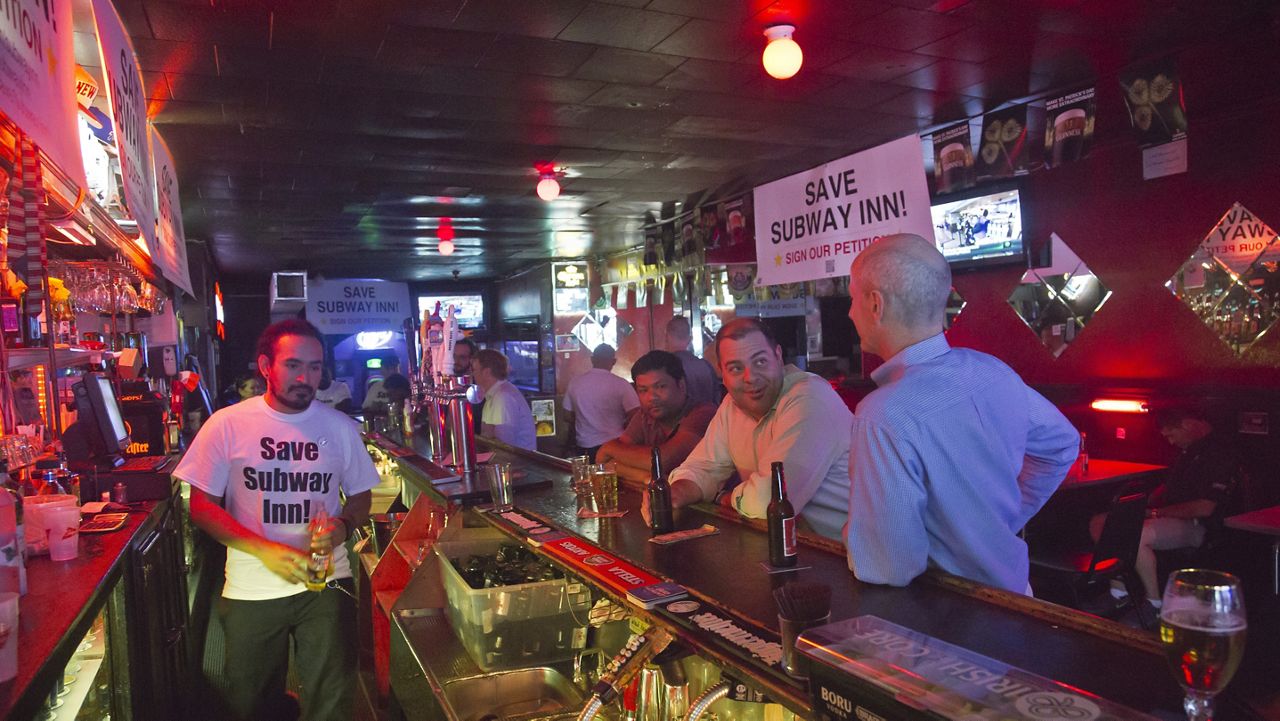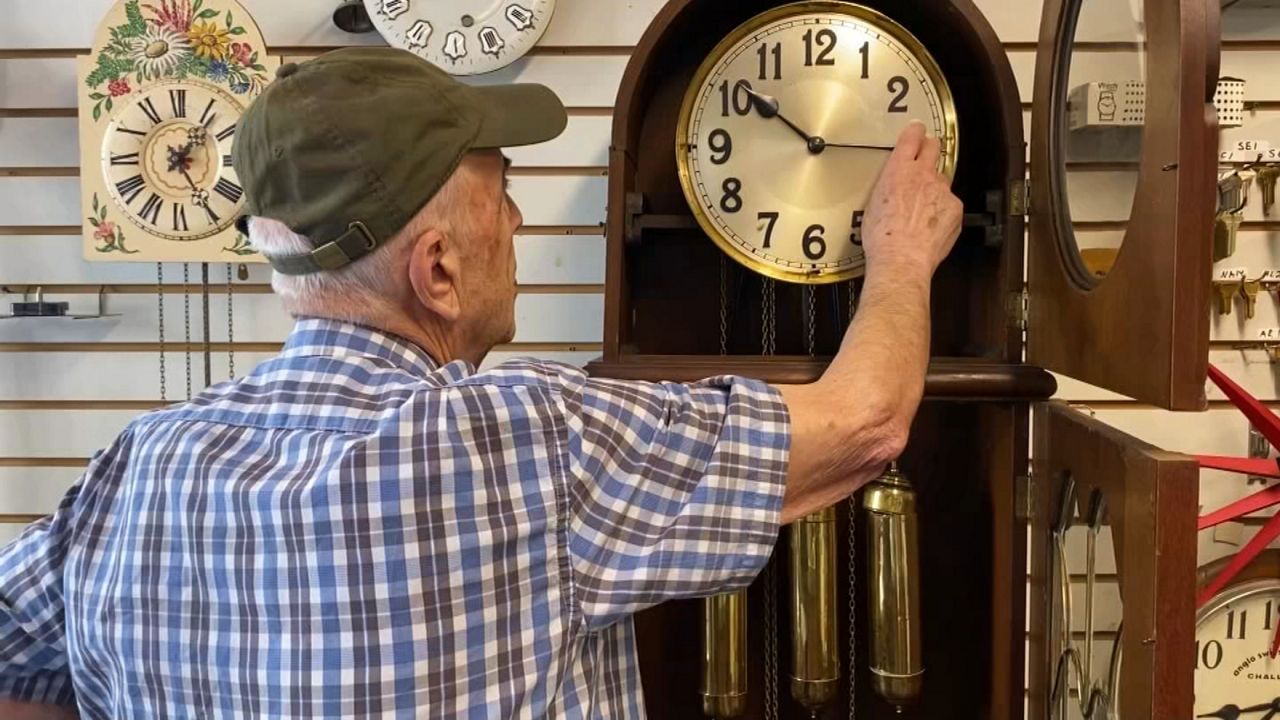NEW YORK — Inside the Brooklyn Dumpling Shop on First Avenue in the East Village, there’s only four to six employees needed to run the shop during any given shift.
The ordering process is almost completely automated. Instead of a cashier or waiter, customers order on their phones or through the touch screen system. And when their food is ready, their receipt scans open a numbered locker with the order inside.
“We designed this in 2018, it was for efficiency and economics,” said Stratis Morfogen, the owner of Brooklyn Dumpling Shop.
Morfogen says the concept has worked well during the pandemic because it’s been hard to hire new workers.
On Thursday, Gov. Andrew Cuomo announced a $35 million Restaurant Return-to-Work Tax Credit. The program will give qualifying restaurants a $5,000 tax credit per new hire — up to $50,000 per business.
“I think it’s putting a Band-Aid on a gaping hole. It makes no sense,” said Morfogen.
Morfogen says restaurants are hiring, but too many people are receiving unemployment benefits.
“You are going to really struggle finding the right staff when they’re making $15-18-20 an hour. So when you tell someone, ‘Work 40 hours and make $700 or stay home and make $500,’ that doesn’t work. That has to stop to get us back on our feet,” said Morfogen.
Morefogen says the tax credit is not something he plans on taking advantage of.
“They’ve never run a lemonade stand. It’s very difficult for a politician who’s never run a small business to actually make a small business decision to help and support small business owners,” said Morfogen.
Last month’s unemployment numbers do show more people are getting back to work in the city. It dropped to 10.6%, compared to nearly 19% in the same period last year.








_Pkg_Vendor_Rally_CG_130686554_3993)
